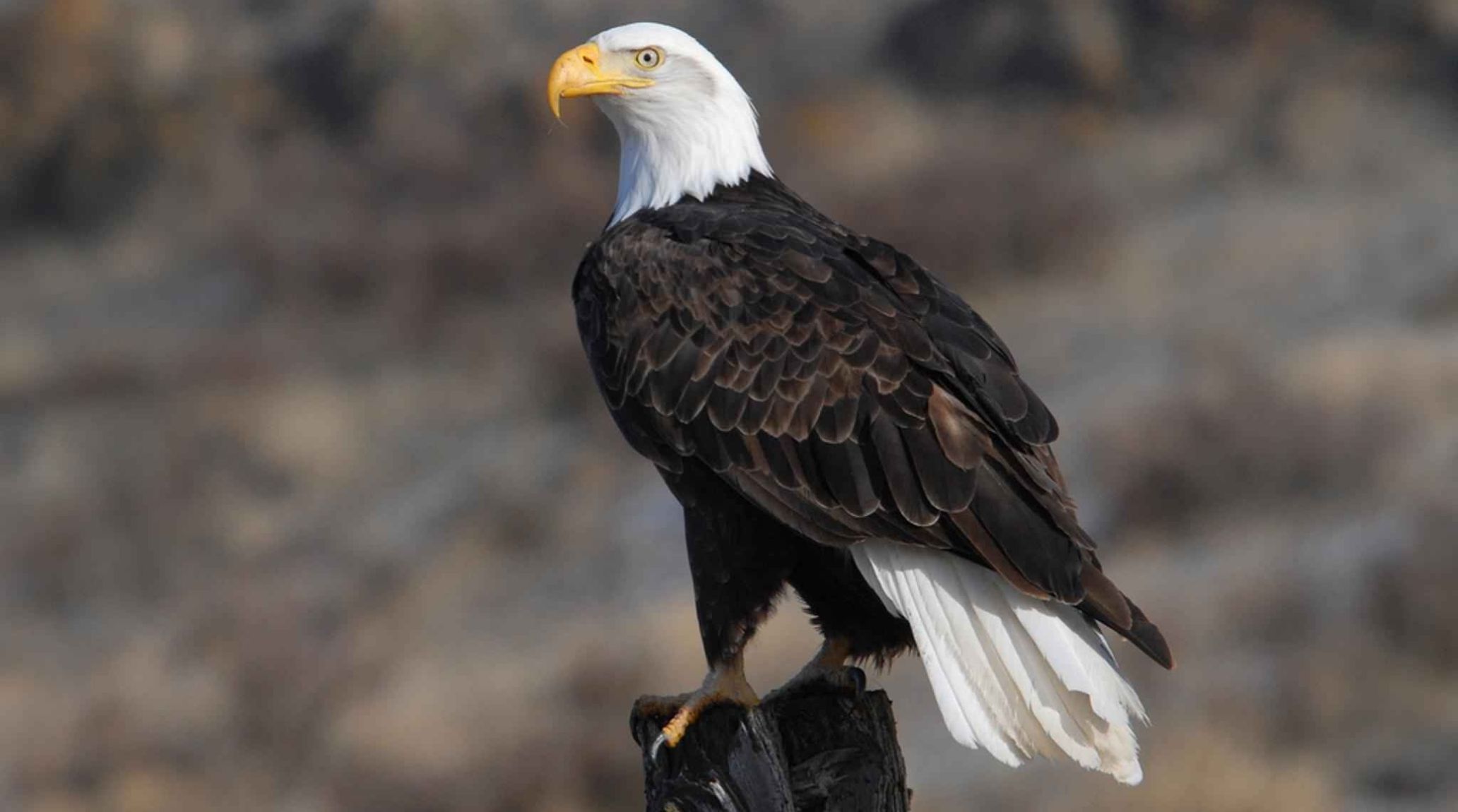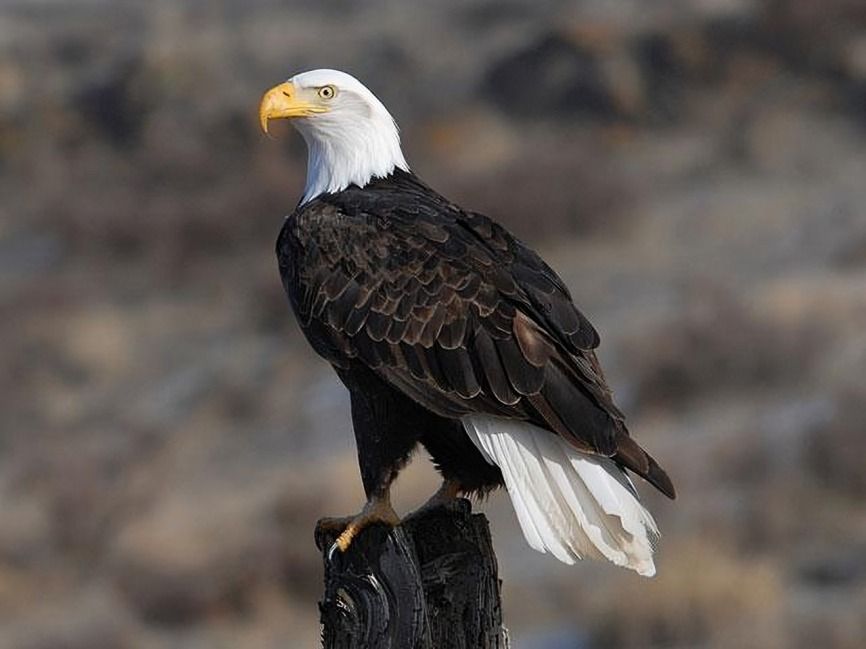
“
Eagle Facts for Kids are not just interesting but also provide a glimpse into the world of these magnificent birds of prey. Known for their powerful build, keen eyesight, and impressive hunting skills, eagles are truly one of nature's wonders. In this educational journey, we'll dive into 20 unique and lesser-known Eagle Facts for Kids that will captivate young minds. From their diverse habitats to their remarkable adaptations, these facts will help children learn and appreciate the fascinating life of eagles. So, let's spread our wings and soar into the intriguing world of Eagle Facts for Kids!1
1
”
Eagles possess incredibly sharp eyesight, allowing them to spot prey from vast distances. Their vision is estimated to be 4-8 times more powerful than that of humans, enabling them to detect even the slightest movements from high altitudes. 1
There are over 60 species of eagles worldwide, ranging from the mighty Harpy Eagle of South America to the diminutive Pygmy Eagle of Africa. This diversity highlights the adaptability and evolutionary success of eagles. 2
Eagles are found on every continent except Antarctica, demonstrating their remarkable ability to adapt to various climates and landscapes. From tropical rainforests to arid deserts, they thrive in diverse environments. 3
With wingspans of up to 7 feet (2.1 meters) that enable them to soar up to 10,000 feet, bald eagles glide effortlessly on thermal air currents, conserving energy while surveying their vast territories from dizzying heights. 4

While many people associate eagles primarily with fish, they are actually opportunistic hunters. Their diet includes birds, mammals, and sometimes even reptiles, showcasing their versatile hunting skills.
Although eagles are often seen flying and hunting alone, they also engage in social behaviors, especially noticeable during the mating season when they perform complex aerial displays and communicate frequently with their partners. 5
In the wild, eagles can live for 20-30 years, benefiting from their high position in the food chain and lack of natural predators. In captivity, with regular food and medical care, their lifespan can extend even further. 6
Eagles are renowned for their rapid dives, known as stoops, when they spot prey. During these breathtaking dives, they can reach speeds of up to 100 miles per hour (160 km/h), showcasing their incredible agility. 7
Eagles are among the largest raptors globally. With impressive wingspans and formidable hunting skills, they command respect in the bird world. Their size and power make them exceptional predators, capable of taking down large prey with ease. 8
The talons of eagles are their primary hunting tools, capable of exerting hundreds of pounds of pressure per square inch. This immense strength helps them catch and carry prey, ensuring a firm grip during flight. 9
Eagle parents share the responsibility of incubating their eggs, with females laying 1 to 3 off-white eggs that are about 3 inches long, ensuring their eaglets receive the best start in life. 10

Throughout history, eagles have been symbols of power and freedom in many cultures. They often represent strength and independence, embodying the qualities that humans admire in these majestic birds.
The largest eagle ever, Haast's eagle (Harpagornis moorei), from New Zealand, had females weighing 10–15 kg and males 9–12 kg. It was 40% larger than today’s largest eagles and went extinct around 1400 AD due to moa over-hunting. 11
Some eagle species undertake long migrations to find food or suitable breeding grounds. These journeys can span thousands of miles each year, demonstrating their endurance and navigational skills. 12
Eagles use a variety of calls and screams to communicate with each other. These vocalizations are especially important during territorial disputes or mating rituals, helping to establish dominance or attract mates. 13
Eagles Can Reach Altitudes Over 10,000 Feet. These majestic birds are capable of soaring to impressive heights, often surpassing 10,000 feet. Their remarkable flying ability demonstrates their strength and adaptability in high-altitude environments. 14
Due to habitat loss and human activities, some eagle species have become endangered. Conservation efforts, including habitat protection and breeding programs, are crucial for preserving these iconic birds for future generations. 15

Eagle nests, called eyries, are strategically located high in trees or on cliffs. This elevated position provides safety from predators and offers a wide view of the surroundings, aiding in the detection of approaching dangers.
Bald eagles aren't Actually Bald. Despite their name, bald eagles aren’t bald. Their name comes from an old term meaning “white-headed.” These birds sport a distinctive white head and tail, contrasting with their dark brown bodies. 16
The eagle serves as the national bird for several countries. In the United States, the Bald Eagle symbolizes freedom and strength. Germany honors the Golden Eagle as a national emblem, while Mexico features the Golden Eagle prominently on its national flag. 17


